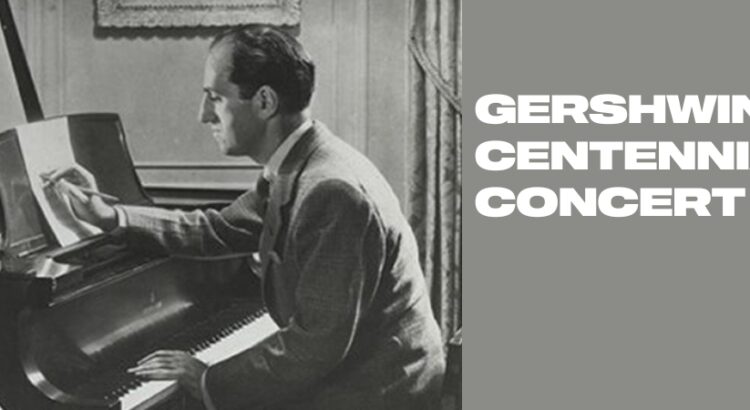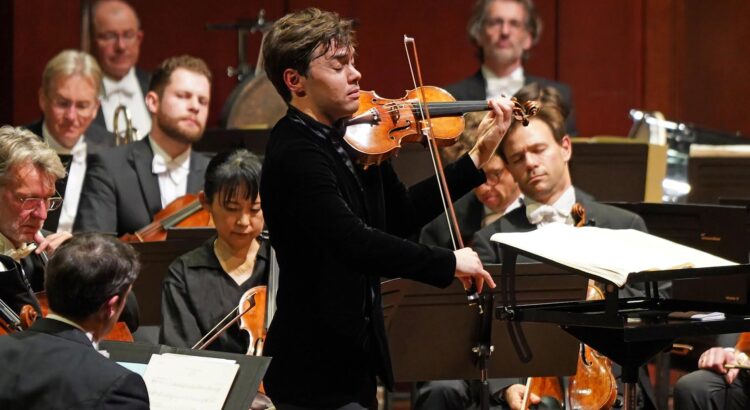Performing on the Michigan Theater stage this March was not only the talented musicians of the Ann Arbor Symphony Orchestra (A2SO) but also a giant, grey, round creature known as Totoro. The audience laughed as the creature suddenly popped onto the stage, waving its arms and pouting as the conductor playfully reprimanded it. This creature, Totoro, is a beloved character from My Neighbor Totoro, a 1988 animated film directed by Hayao Miyazaki and produced by Studio Ghibli, a renowned Japanese animation studio known for its beautifully crafted and nostalgic films.
For their March Pops performance, Studio Ghibli at the Symphony, A2SO brought the magic of Studio Ghibli to life through music, performing Joe Hishashi’s pieces from My Neighbor Totoro, Kiki’s Delivery Service, Spirited Away, and Howl’s Moving Castle. Studio Ghibli films have found a loyal audience for several generations, reflected in the large number of families that attended. The typical formality of classical performances was immediately deconstructed, evidently with the focus being on media rooted in pop culture, but also in the tone guest conductor Wilbur Lin addressed the audience. Throwing in jokes and placing small stuffed animals of Studio Ghibli characters on his podium made the night much more family-friendly.
The night opened up with a variation on Hisaishi’s Merry-Go-Round and Cave of Mind from Howl’s Moving Castle, transitioning into a segment intertwining music and narration from My Neighbor Totoro. Momo Kajiwara narrated the film’s story in Japanese, while the orchestra provided a playful, accompanying score, enhancing the tale through sound. Kajiwara’s crisp, sweet voice was well-suited for the role, adding warmth to the performance. However, I found myself straining to read the pamphlet in the dark, as it was the only translation source for her narration. Because the story is such a central aspect of the experience, it would have been helpful to have more accessible forms of translation.

After a brief intermission—during which guests eagerly lined up to take photos with Totoro—the performance concluded with Kiki’s Delivery Service and Spirited Away Suite. The latter was especially expansive, capturing the emotional arc of the film as the music swelled with dark tension before fading into a gentle stillness.
Hearing these pieces performed live evoked a deep sense of nostalgia. The childlike playfulness present in the films was beautifully mirrored in Hisaishi’s scores, particularly through the lively percussion. The tinkling of bells and the warm, rounded tones of the xylophone added a whimsical touch. However, despite Studio Ghibli’s strong appeal to children, the films resonate with audiences of all ages because they explore deeper themes. Miyazaki’s works evolve with the viewer, gradually revealing reflections on childhood innocence, cultural identity, corruption, love, and family.This emotional depth was mirrored in the performance, where moments of lightheartedness were contrasted by sudden shifts in mood. Conductor Lin noted that Hisaishi deliberately used percussion to mark these transitions—an idea that stayed with me as the dark boom of the cymbal echoed through the theater.

The evening was a mesmerizing tribute to the timeless magic of Studio Ghibli, bringing the beloved films to life through music. A2SO’s performance not only showcased the brilliance of Hisaishi’s compositions but also captured the emotional depth and whimsical charm that make Miyazaki’s stories so enduring. From the playful innocence of My Neighbor Totoro to the sweeping grandeur of Spirited Away, it was a night that reminded audiences of why these films continue to enchant audiences of all ages.











